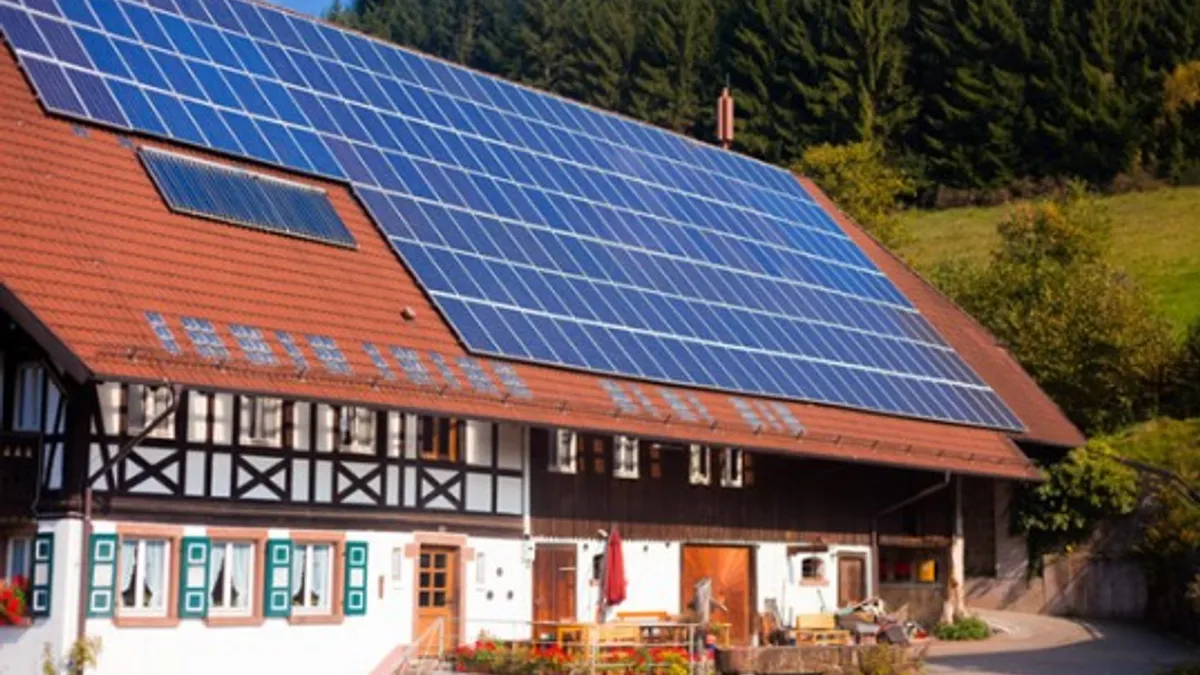Dive Brief:
- Germany met 74% of its power demand with renewables at midday on May 11, largely with wind and solar, supported by biomass and hydro.
- Because some baseload generators could not switch off, more than 10 gigawatts of peak surplus capacity was exported to neighboring markets.
- As Germany moves toward its targeted 80% renewables by 2050, it got 27% of its electricity from renewables in Q1 2014, up from 23% in Q1 2013 and about twice the approximately 13% the U.S. got from renewables in November 2013.
Dive Brief:
On Germany's 74% renewables day, solar produced 15.2 gigawatts at its peak, just under 50% of the capacity factor available from its nameplate 33 gigawatt capacity, because of cloudy rainy conditions in most of the northern half of the country.
On the 74% day, wind produced 21 gigawatts at the 1 p.m. peak and conventional sources were reduced to 26 gigawatts, about half their normal daily production peaks.
With wind and solar supplying so much of Germany’s power, electricity prices went negative for much of the record-setting afternoon.
There are no technical and economic obstacles to Germany getting 20% of its annual electricity demand from wind and solar and then going to 50% with other renewables, storage solutions and energy efficiency measures, according to European energy consultants.
Germany continues to install solar despite diminishing incentives and is pioneering offshore wind.













